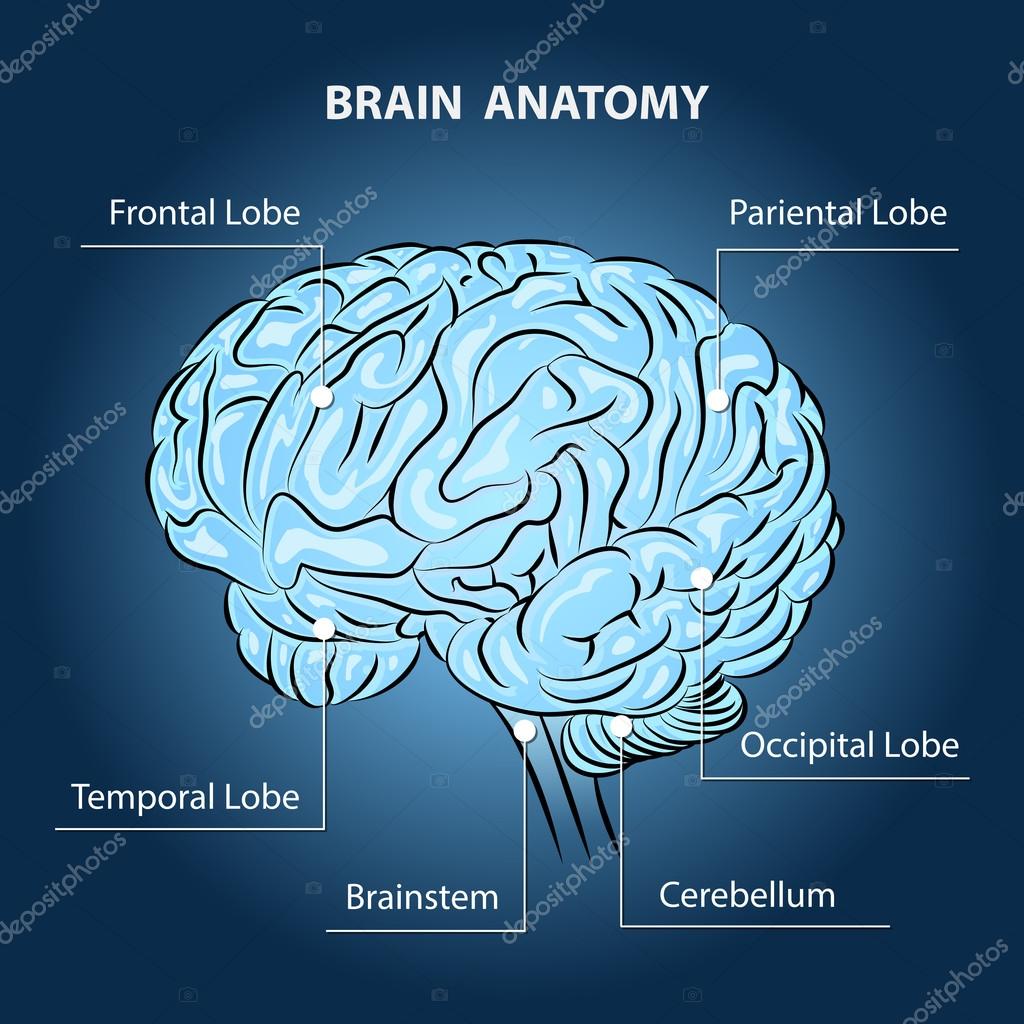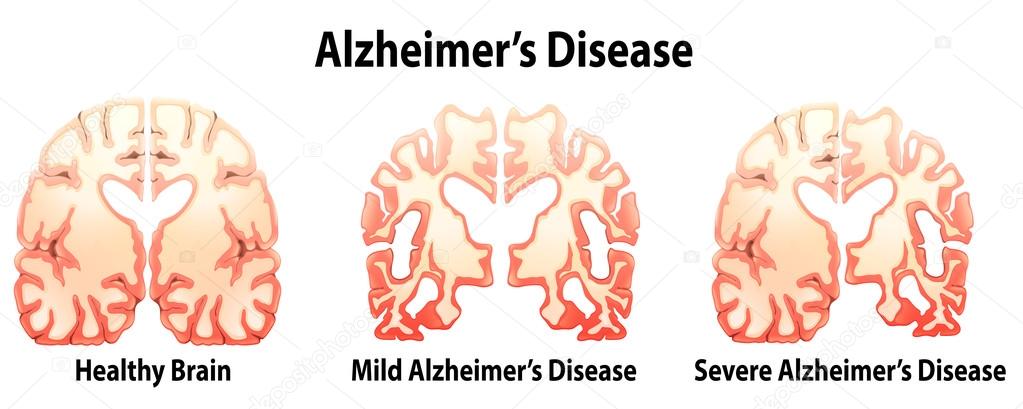June is… Alzheimer’s & Brain Awareness Month
Not only does June suggest the beginning of summer, it also represents the month dedicated to Alzheimer’s and Brain Awareness. Before becoming your own advocate for Alzheimer’s disease it is vital to gain an understanding of how exactly the brain works with versus without Alzheimer’s. Three sections make up the brain; the cerebrum, the cerebellum, and the brain stem.
The cerebrum is probably what you think of when you imagine the brain. It contains all of the brain’s lobes (frontal,parietal, occipital, and temporal) that control major functions such as thinking, problem solving, remembering, feeling, etc. It is also responsible for movement control. The cerebellum is located underneath the cerebrum, towards the back of the head. You can blame your coordination and balance skills on this part of the brain. The brain stem serves as the extension cord between your brain and spinal cord, and controls automatic functions which are functions that we do not need to consciously tell our bodies to perform. Such as breathing, digesting, heart rate, and blood pressure.
The most valuable players of the brain, are the neurons. The branches extending from these nerve cells connect at over 100 trillion points, and the average adult brain contains around 100 billion cells. This network of neurons, often referred to as a neuron forest, releases signals that travel through the “forest”. Thus signals represent the basis of memories, thoughts, and feelings; all functions that decline in Alzheimer’s patients.
The signals move along the neurons, which connect to one another at the synapse. The signals, which act as electrical charges, often trigger the release of neurotransmitters once they reach the synapse. As these neurotransmitters travel across the synapse, they transmit signals to other cells. This transmission results in the creation of a code that our brains generate in order to explain thoughts, memories, skills, and other characteristics that differentiate us from one another. Our brain’s coding alters whenever we experience new situations, skills, people, emotions, etc.
So now the question is, how is all of this effected by Alzheimer’s disease?
The neurons are the main type of cell destroyed by Alzheimer’s, hence the electrical charges and the neurotransmitter activity are disrupted. As a result of the interference of neurons and their connection to one another, the brain’s code is misinterpreted. This explains why early signs of Alzheimer’s typically include memory loss and confusion.
When neurons and surrounding tissue are lost, the brain experiences shrinkage. As the anatomy diminishes, it becomes inefficient resulting in the deterioration of specific functions. When the brain’s cortex is impaired, thinking, planning, and remembering becomes compromised. The hippocampus, an area of the cortex responsible for the formation of new memories, experiences extreme depreciation in Alzheimer’s patients.
Fluid-filled spaces in the brain, called ventricles, expand. And plaques, which are clusters of protein fragments, build up between neurons. Tangles are present within the dead and/or dying neurons, these twisted strands of protein along with the plagues are suspected to be the culprits behind cell death and tissue loss in the brain of an Alzheimer’s patient. As the disease progresses, plagues and tangles spread through the cortex. The quicker the spread, the more severe the Alzheimer’s is; hence how long the patient will experience symptoms of the disease. Similar to the brain, each case of Alzheimer’s is unique, to find out more information, visit www.alz.org.
By: Piper Newhall
References: www.alz.org 


Posted in: Alzheimer’s, Health, Healthcare
Leave a Comment: (0) →